On the PolicyViz podcast, Kim Rees of Periscopic and Mushon Zer-Aviv of Shual Design Studio discuss whether or not empathy plays a role in visualization. Stuff on this topic tends to be annoyingly dismissive or hand-wavy, but this is a good chat worth listening to.
There’s a little bit of swearing, so maybe put on headphones if you’re in an area where that is frowned upon.


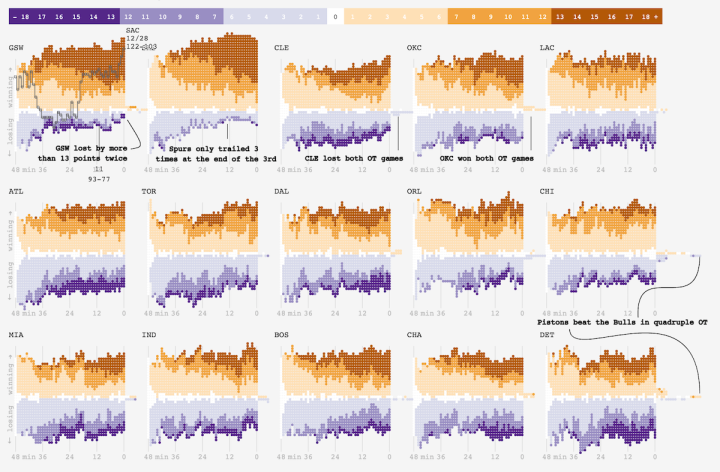
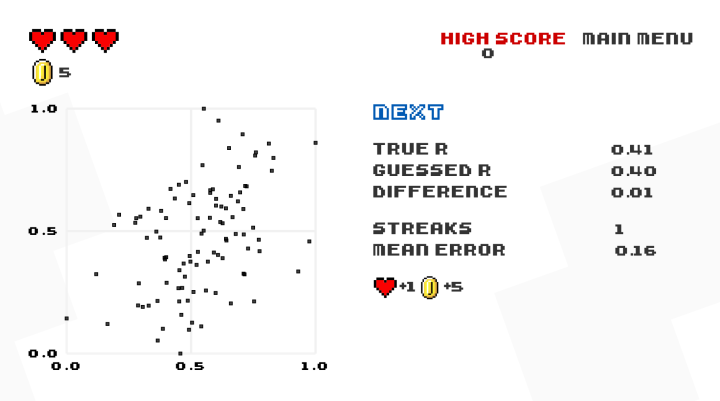
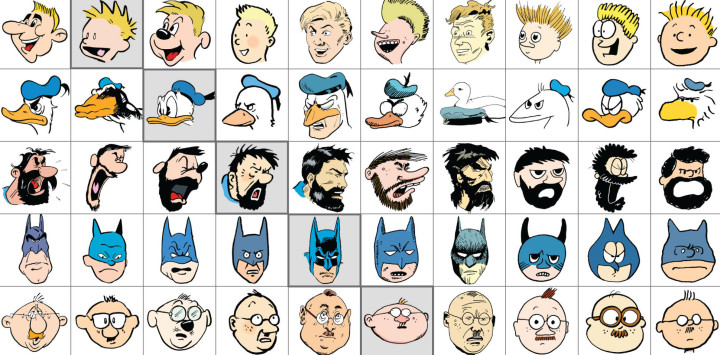

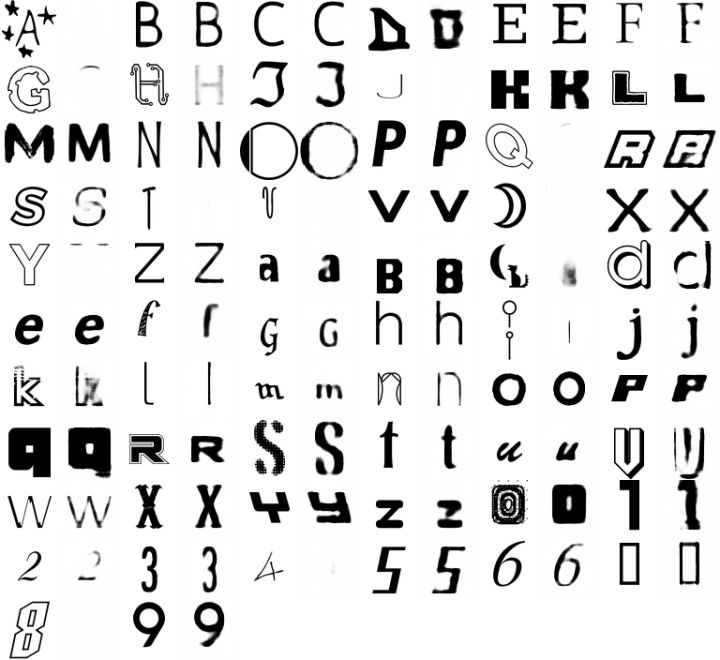
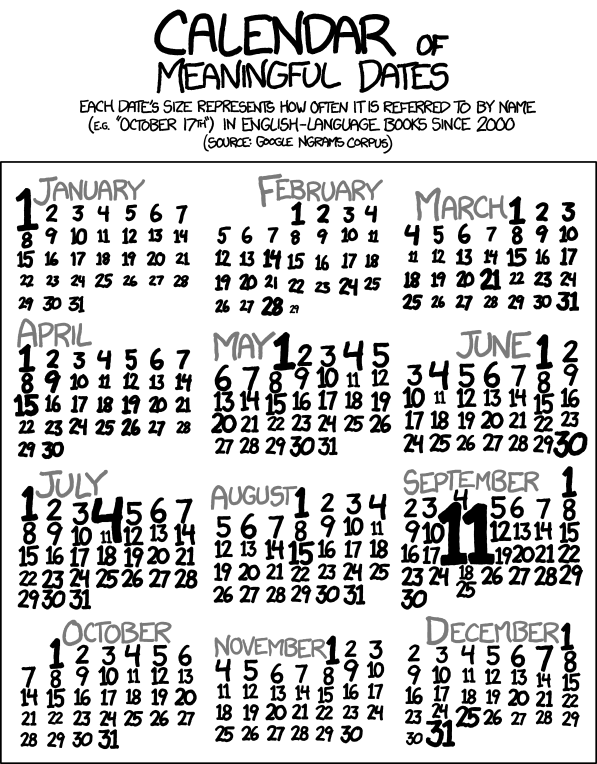
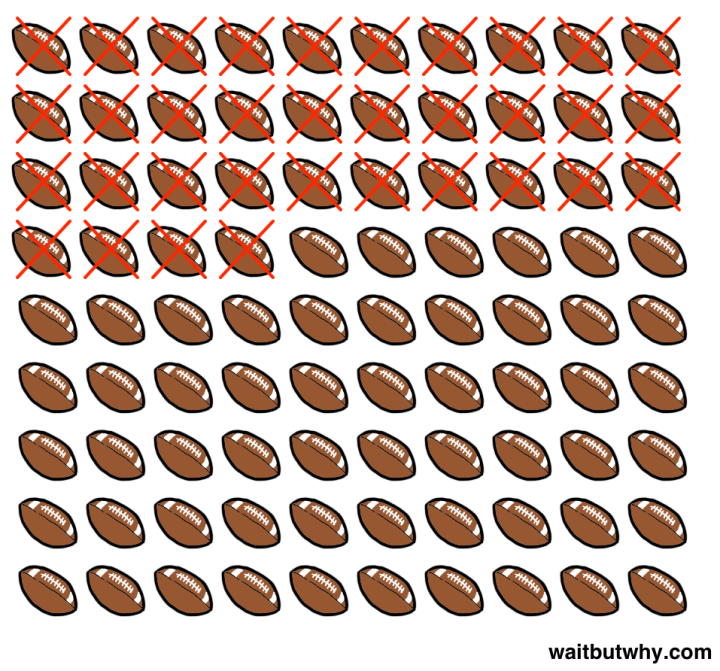

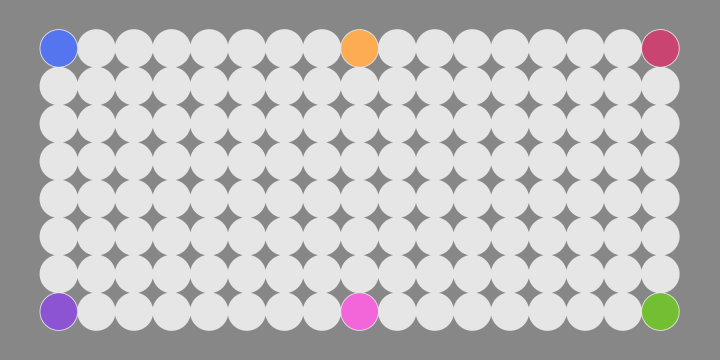

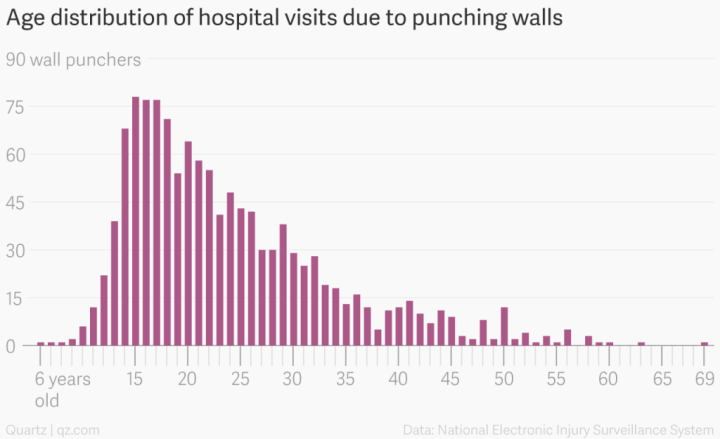
 Visualize This: The FlowingData Guide to Design, Visualization, and Statistics
Visualize This: The FlowingData Guide to Design, Visualization, and Statistics










